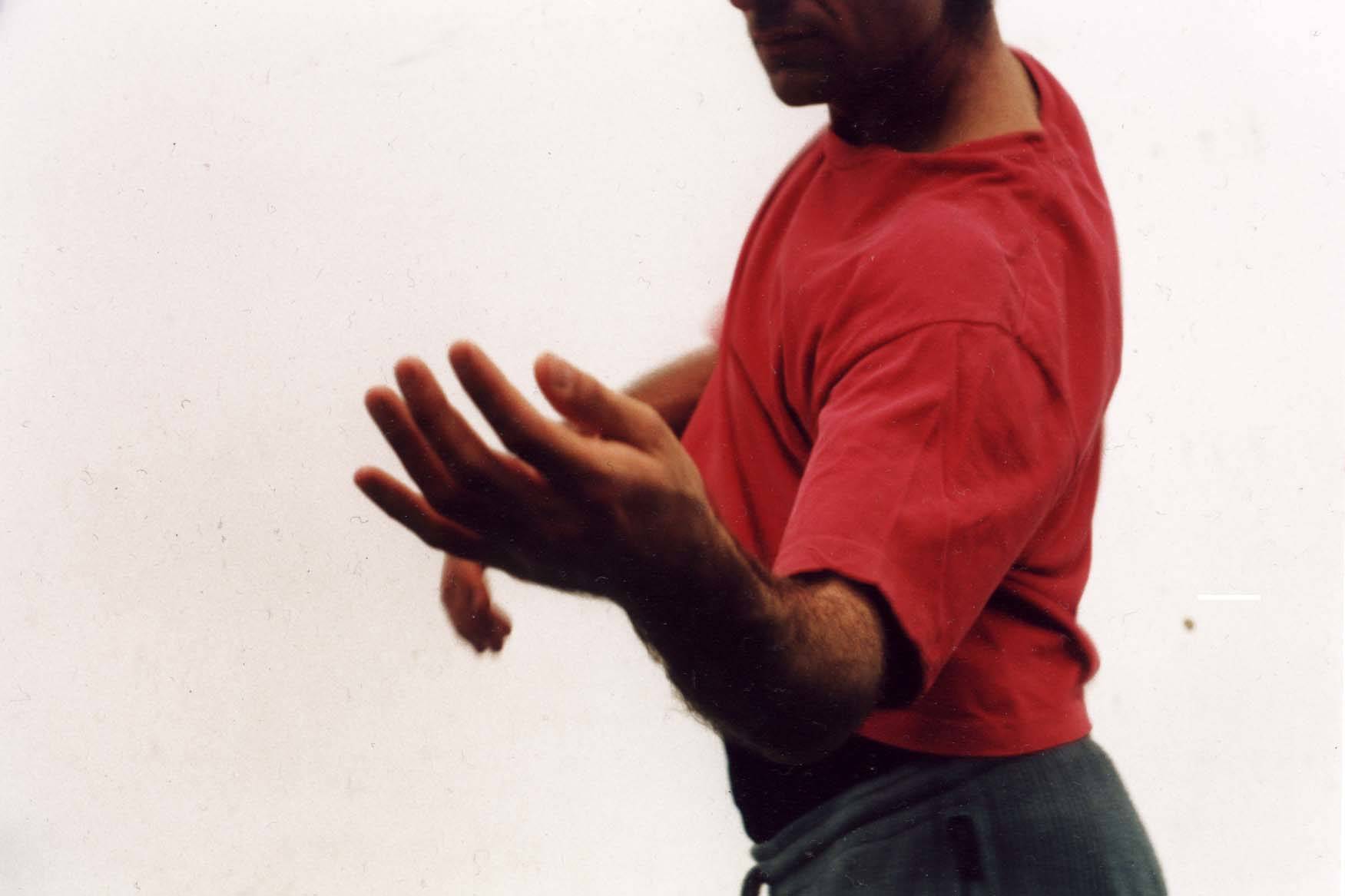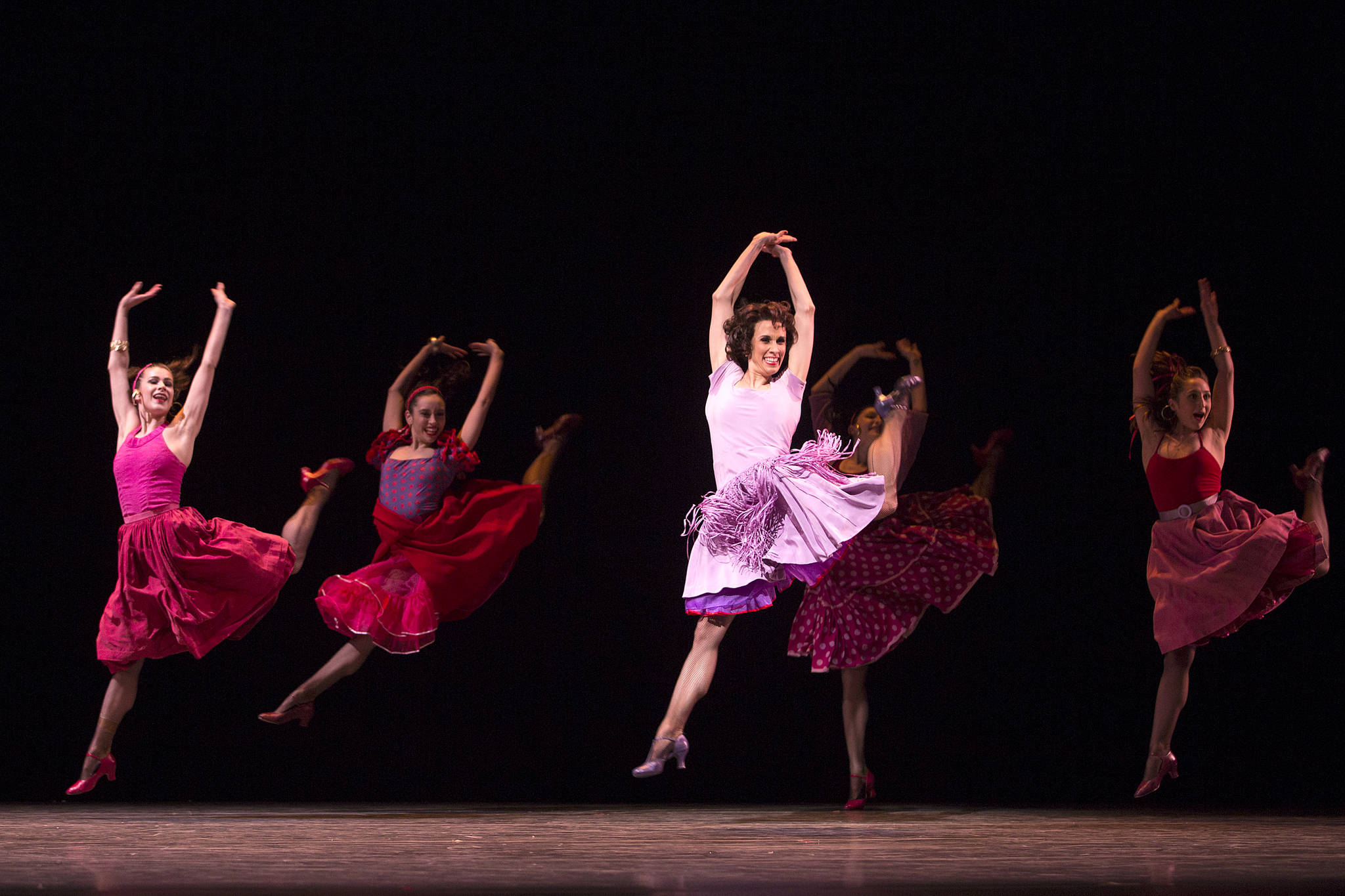During the 27 years they have run Pacific Northwest Ballet, Kent Stowell and Francia Russell have made thousands of decisions affecting the growth of the company. That’s what artistic directors are for: to set the artistic goals. Those decisions affect everything else—the choice of dances, the performance schedule, the artists onstage and off who make the company what it is. But every time artistic directors make a choice, they’re also in effect saying “no” to something else. Now as the PNB board looks for a new director, it might also look at some of the things the current management has said “no” to.
A ballet company is like a symphony orchestra; it is a mechanism to play past classics and an engine to generate new work, responsible for showing the community the breadth of its heritage and the potential for its future. As smart people do, Stowell and Russell have made good use of their connections and experience during their tenure. Reinforcing Stowell’s willingness to make ballets on demand and Russell’s standing as one of the premier stagers of George Balanchine’s works, the pair has commissioned and “bought” a wide variety of work.
But, like a symphony that plays Beethoven and Bach but not Brahms, there are some noticeable gaps in the PNB collection. Although the company performs several dances from the classical period, when Marius Petipa solidified much of the structure of ballet in works like Paquita and Sleeping Beauty, it really has nothing from the romantic period, when works like La Sylphide and Giselle turned a courtly entertainment into a popular art form. Likewise, there are almost no works from the repertory of the early-20th-century Ballet Russe, which turned ballet into a power in world culture at large.
There are also some puzzling omissions among more contemporary choreographers: no works by Frederick Ashton, Balanchine’s English contemporary, or anything by Kenneth MacMillan, who succeeded Ashton at the Royal Ballet. PNB has performed work by Jerome Robbins, Balanchine’s colleague at New York City Ballet, but not recently. And one of the more glaring gaps in the repertory is the lack of work by Mark Morris, the Seattle native who has been declared by many to be the leading choreographer of his generation, modern dance or ballet. Morris has ballets in the repertories of the American Ballet Theater, the Boston Ballet, and the San Francisco Ballet, to mention the most prominent, but nothing here.
What we do have in abundance are works by Stowell himself, more than by any other choreographer in the repertory, including Balanchine. Most were created to fill the needs of a certain program or season; some are quite handsome, and a few, especially his version of Nutcracker, created with scenic designer Maurice Sendak, would be very difficult to replace. But even Stowell’s lesser efforts will be difficult to replace.
The repertory of a ballet company is stored in the bodies of its dancers. Whoever is appointed the new director of PNB will either have to maintain these ballets or face replacing a sizable proportion of the repertory. Since dancers can learn only so much new work in the course of a season, replacement would be a matter of years, not months. And it will either have to take place with the collaboration of dancers chosen and mentored by Stowell and Russell or be built from scratch with a new group of artists. Whatever happens, the transition between the company these two have developed and what comes next is likely to be as dramatic as anything we’ll see on the stage.
The short list of candidates floated by the search committee last month is varied enough to make you think that sheer diversity was the point. Some candidates come with extensive administrative experience, others with none; some are known in the international dance world, others have deep roots in Seattle and the company; some are known for stellar performance skills—but all are unknown quantities where their vision for Pacific Northwest Ballet is concerned, unless the search committee knows more than they’re telling us in public. But we won’t have to wait long. The candidates are slated to make interview visits here this autumn, with a decision due around the first of the year.
Over the next several months, Russell and Stowell will receive numerous accolades for their work, and they deserve them. They’ve overseen the development of PNB from a couple of funky studios in Wallingford and a “third in a group of three” status at the opera house to running not only a year-round company but two schools and establishing co-tenancy in the lavishly remodeled McCaw Hall. Let’s hope, during the next few months of encomiums and tears, that the hiring committee is not just seeking a new director but also considering what they, and Seattle, might want to say “yes” to.
Sandra Kurtz’s Fall Favorites
Romeos and Juliets
As if there weren’t enough fighting onstage, the Bolshoi Ballet and Pacific Northwest Ballet go head-to-head with dueling productions of Romeo and Juliet. PNB opens its season with Kent Stowell’s traditional version of the story, full of period costumes and opulent sets, matching Douglas Kershaw’s cobbled-together Tchaikovsky score with a stage full of classical dancing. On the other hand, the Bolshoi, one of the oldest ballet companies in the world, is dancing on the edge with a new production by theater director Declan Donnellan, moving the setting and the action into the 21st century and discarding the Renaissance trappings of the play. Alternately lauded and excoriated when it opened in Europe this summer, the Bolshoi’s new version is a radical change from the expected. The Tragedy of Romeo and Juliet: Sept. 23–Oct. 3. McCaw Hall, 206-292-ARTS. Bolshoi Ballet: Oct. 27–Oct. 31. Paramount Theatre, 206-292-ARTS.
An Indian Banquet
It would take many lifetimes to master the multiple dance styles of India, from delicately abstract to unabashedly melodramatic, but we can get a good look at several of them this autumn without even leaving the time zone. UTSAV means festival, and this inaugural celebration of Indian arts features local practitioners of Orissi, Kathak, and Bharata Natyam. The Gajamukha Ensemble also performs a variety of styles—including Mohini Attam, “the dance of the enchantress,” and the rhythmic Kuchipudi—as it tells the story of Ganesh, the elephant-headed god. UTSAV: Oct. 10. Museum of History and Industry, 425-736-4652. Gajamukha Ensemble: Nov. 13. Meany Theater, 206-543-4880.
David Gordon
Gordon has long been one of the wittiest of postmodern choreographers, from the early days when he skewered his colleagues’ reverential attitudes with dances like Random Breakfast through his mordant observations that audiences could mistake the relaxed energy of some contemporary performers for just plain bad dancing. One of his best-known works is Chair, a phlegmatically obsessive catalog of everything a body can do with a folding chair, so it’s appropriate that he returns to Seattle with a new production of Ionesco’s absurdist two-character drama The Chairs, performing with his wife and longtime collaborator, Valda Setterfield. Nov. 11–Nov. 13. On the Boards, 206-217-9888.
Lyon Opera Ballet
Usually “opera ballet” implies dancing that fills in the time while the soprano changes costumes, but this dynamic company from France is subordinate to nothing. They’ve collected or commissioned a repertory full of groundbreaking contemporary ballet that emphasizes the theatrical nature of high-powered technique, including William Forsythe’s gut-crunching “Second Detail” and Jiri Kylian’s Symphony of Psalms (to the Stravinsky score). Sept. 22. Paramount Theatre, 206-292-ARTS.








